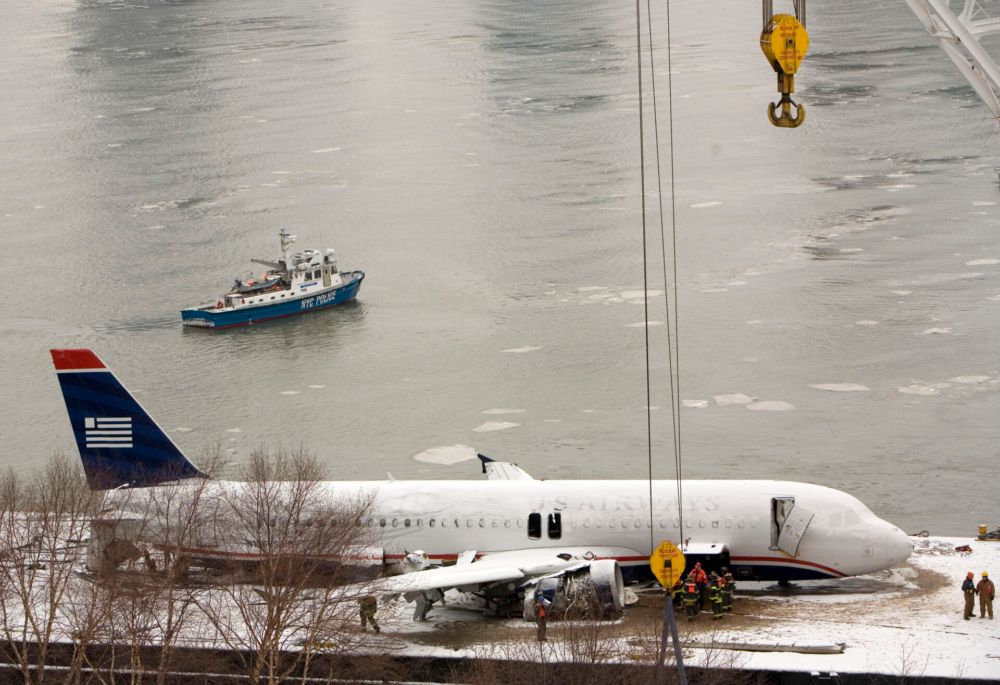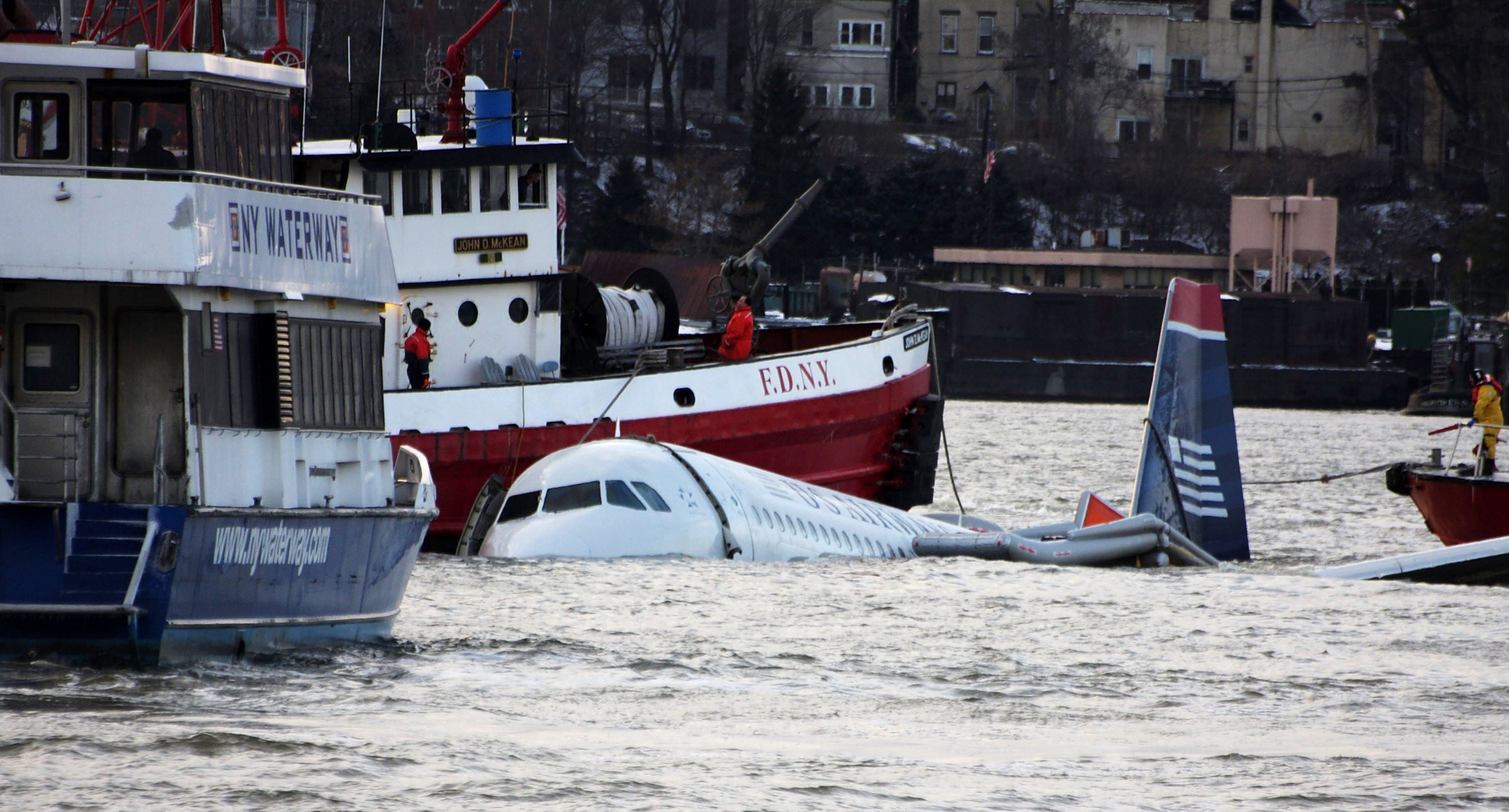Over 10 years ago, Captain Chesley Sullenberger - affectionately known as Sully - landed flight number 1549 into the Hudson River. It was a feat of responsiveness to pilot training, which left all 150 passengers and five crew alive and well. Yet, whatever happened to the Airbus A320 aircraft? Where is it now?
Flight 1549 crash lands in the sea
January 15th, 2009, is a day that many Americans and aviation enthusiasts will not forget. It was the day that a commercial, narrowbody Airbus aircraft crash-landed into the winter-chilled Hudson River.
Flight number 1549 for US Airways was being operated on the day by an Airbus A320-214 registered as N106US. The aircraft, produced in Toulouse, was delivered back in 1999 and a well-cemented part of the US Airways fleet. Little was the airline aware that flight 1549 would be its last.
The aircraft was taking off from LaGuardia Airport in New York City on its way to Charlotte in North Carolina. Upon take-off, the plane got into difficulty when it encountered a flock of geese. Birds obscured the pilot and first officer's view while passengers became aware of a loud bang and smell of fuel. The bird strike severely damaged both of the aircraft's engines, causing them to fail. While first officer Jeffrey Bruce "Jeff" Skiles began configuring an engine restart, Captain Sully glided the plane to a safe landing spot.
Initially, the pilot chose Teterboro Airport in New Jersey to land when it was given clearance for Runway 1. However, the aircraft never made it. It became apparent to both Sully and Skiles that the best option for the aircraft was the Hudson River, where the plane eventually ditched.
What happened next?
After landing on the river, passengers were evacuated, and local boat operators were alerted to facilitate the rescue. All 155 people onboard, including five crew members and 150 passengers, were safe and mostly without physical injury.
Severely damaged and waterlogged, the plane was pulled from the water on January 17th and investigated to determine the cause of the crash. The aircraft was moved to Kearney, New Jersey, where analysis of the accident continued. Satisfied that the aircraft had indeed lost engine power due to a bird strike from a flock of Canada geese in May 2009, the next priority was what to do with the plane.
In early January 2010, N106US was put up for auction online by insurance firm Chartis. The sale lasted three months in which no valuation was given. However, the aircraft was not purchased, understandably so due to the nature of the damage and scale of the plane.
N106US finds a new home
Still, N106US was not destined for the scrapyard. On June 10th, 2011, the aircraft was donated to the Carolinas Aviation Museum by the American International Group (AIG). According to officials at the museum, the aircraft was a game-changer for revenue. It took the site from a relatively unknown collection of aircraft for aviation enthusiasts to a place of national significance.
Visitors to Carolinas Aviation Museum were able to not only see the plane but also witness passenger testimonies and find out more about the dramatic accident.
However, while the aircraft lavished in new-found fame, a twist of fate now sees the aircraft in storage. Carolinas Aviation Museum is currently closed while it searches for a new hangar to host its collection. As a result, N106US is be closed for public viewings until a new location can be found ahead of reopening next year.
Notably, upon reopening, the museum will be renamed in honor of Sully. It will also host a special Miracle on the Hudson exhibition recognizing the acts of the US Airways Flight 1549 crew
"The Carolinas Aviation Museum (CAM) announces it will be renamed in honor of Captain Chesley Burnett “Sully” Sullenberger III, who together with the crew of US Airways Flight 1549, heroically landed the plane in the Hudson River and saved all lives on board. The Museum will formally announce its official new name later this year. Upon reopening in 2023, the Smithsonian affiliate will also become home to a permanent exhibit honoring the Captain and crew of the flight, including the “Miracle on the Hudson” airplane, which previously attracted more than 74,000 visitors to the Museum annually." - Carolinas Aviation Museum.
Have you seen N106US? What do you make of the aircraft's history over the years? Let us know what you think in the comments.


